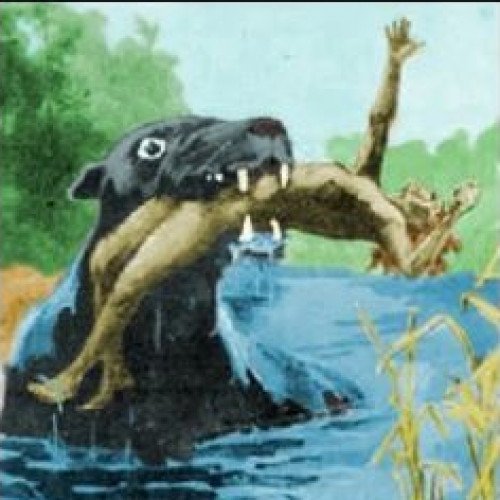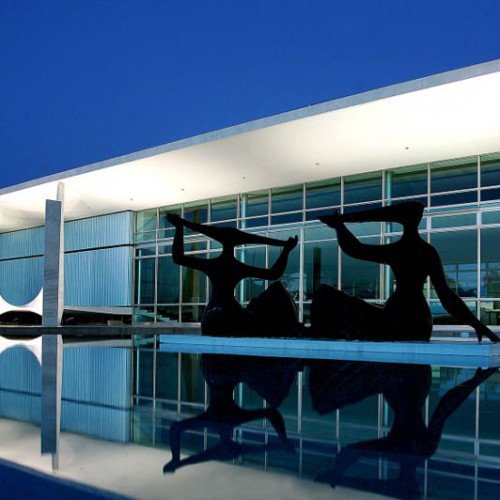Bunyip VS Iara (mythology)

Bunyip
The bunyip is a large mythical creature from Australian Aboriginal mythology, said to lurk in swamps, billabongs, creeks, riverbeds, and waterholes. The bunyip was part of traditional Aboriginal beliefs and stories throughout Australia, while its name varied according to tribal nomenclature. In his 2001 book, writer Robert Holden identified at least nine regional variations of the creature known as the bunyip across Aboriginal Australia. The origin of the word bunyip has been traced to the Wemba-Wemba or Wergaia language of the Aboriginal people of Victoria, in South-Eastern Australia. Europeans recorded various written accounts of bunyips in the early and mid-19th century, as they began to settle across the country.
Statistics for this Xoptio

Iara (mythology)
Iara, also spelled Uiara or Yara (Portuguese pronunciation: [iˈjaɾɐ], [iˈaɾɐ], [ˈjaɾɐ], [wiˈjaɾɐ], [ujˈjaɾɐ]) or Mãe das Águas ([ˈmɐ̃j dɐˈz aɣwɐs], "mother of the waters"), is a figure from Brazilian mythology based on ancient Tupi and Guaraní mythology. The word derives from Old Tupi yîara = y ("water") + îara ("lord; lady") = "lady of the lake" (water queen). Depending on the oral tradition and the context of the story, she can be seen either as a water nymph, a siren, or a beautiful mermaid that lives in the rivers of the Amazon Basin.